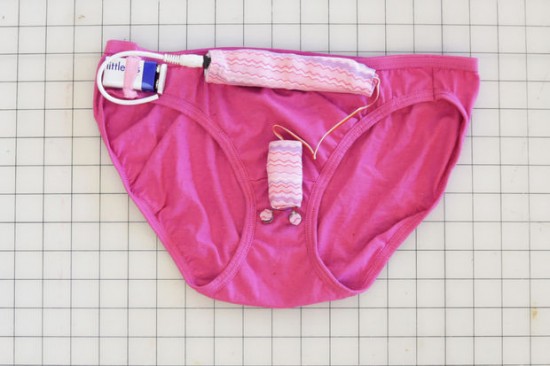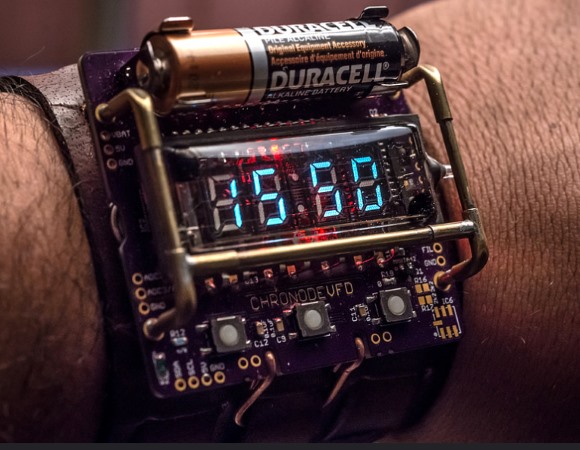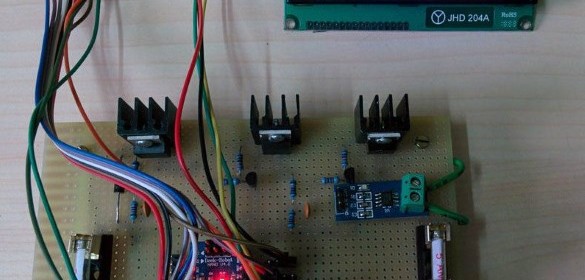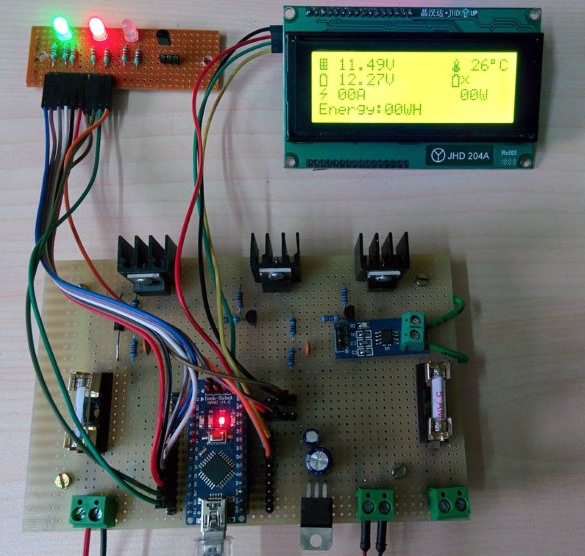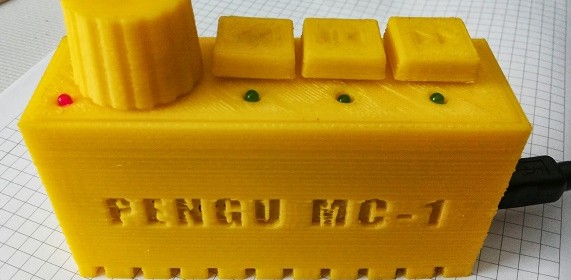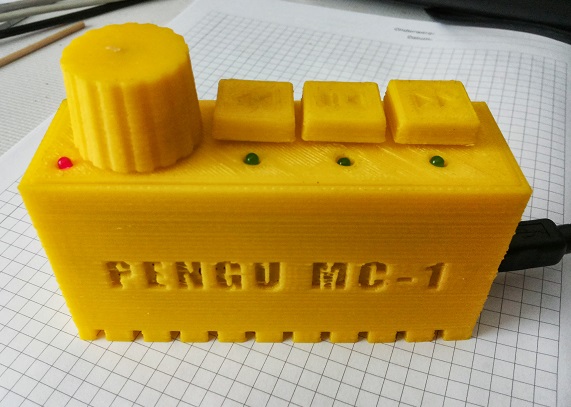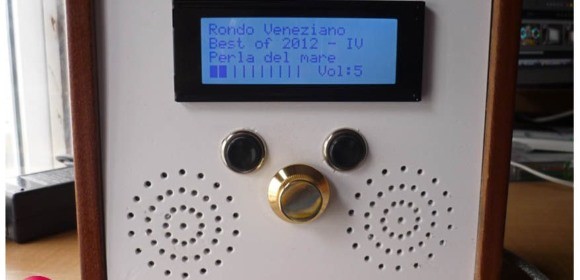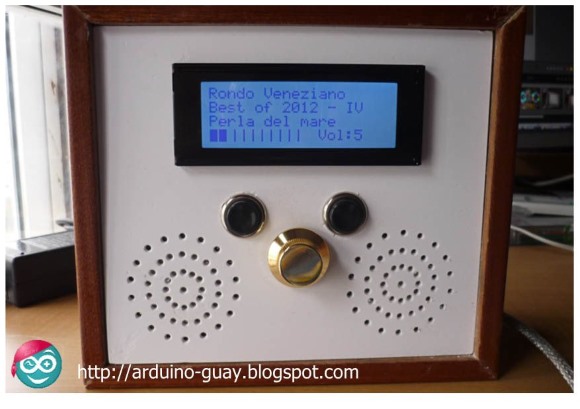Underwear alarm

Last week we looked at Randy’s walking robot made of customized 3-D printed parts. This week, he came up with this crazy idea of making underwear wake-up alarm for his lazy girl friend, who does not wake up with alarm clocks. His new project, Goodmorning Underwear, is built using the littleBits prototyping platform and a pair of panties, which vibrates to wake you up in the morning. The event to trigger the alarm are set up through Google Calender. Two vibration motors embedded into the underwear set off a gentle buzz to remind you of the event.
